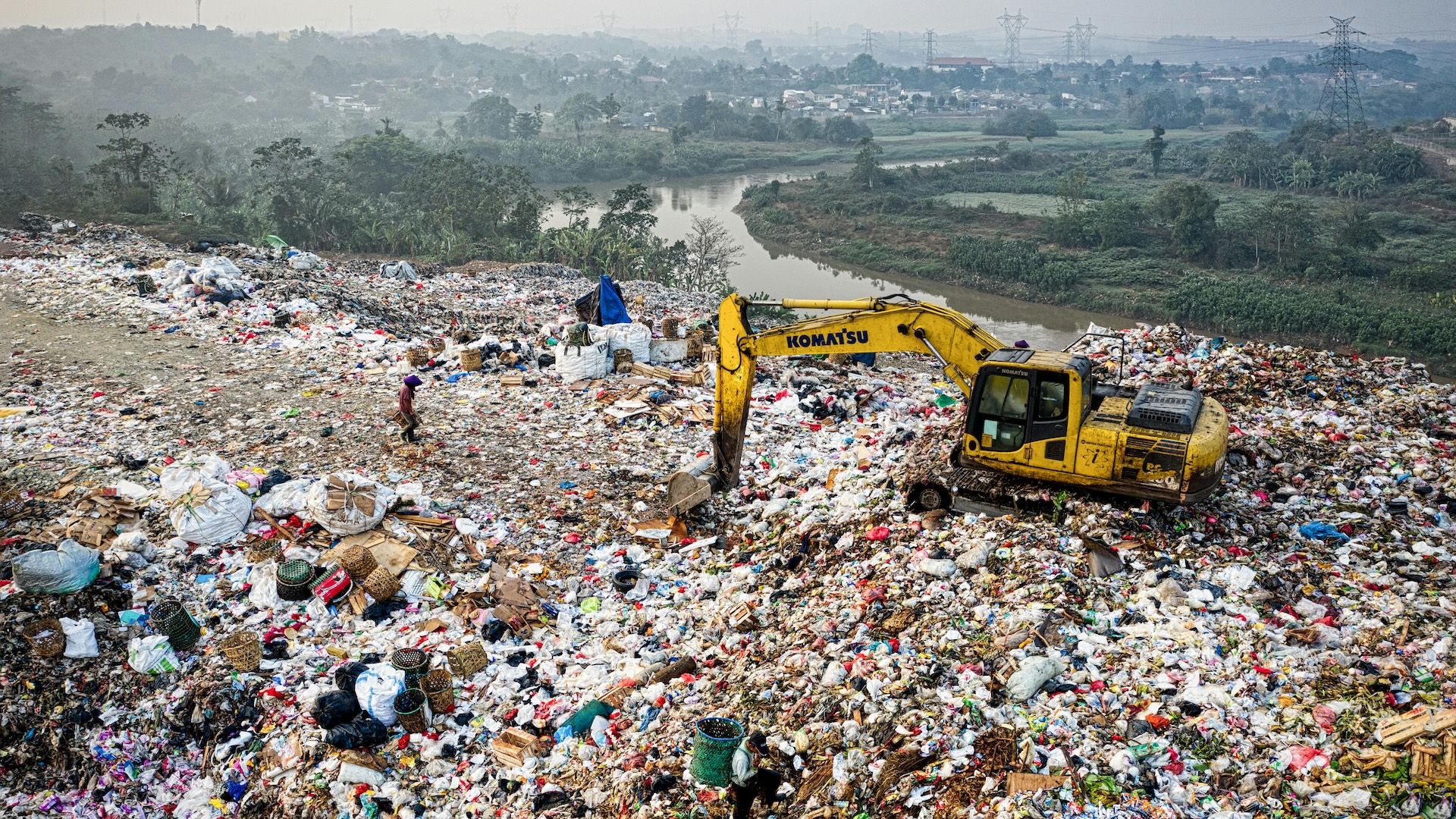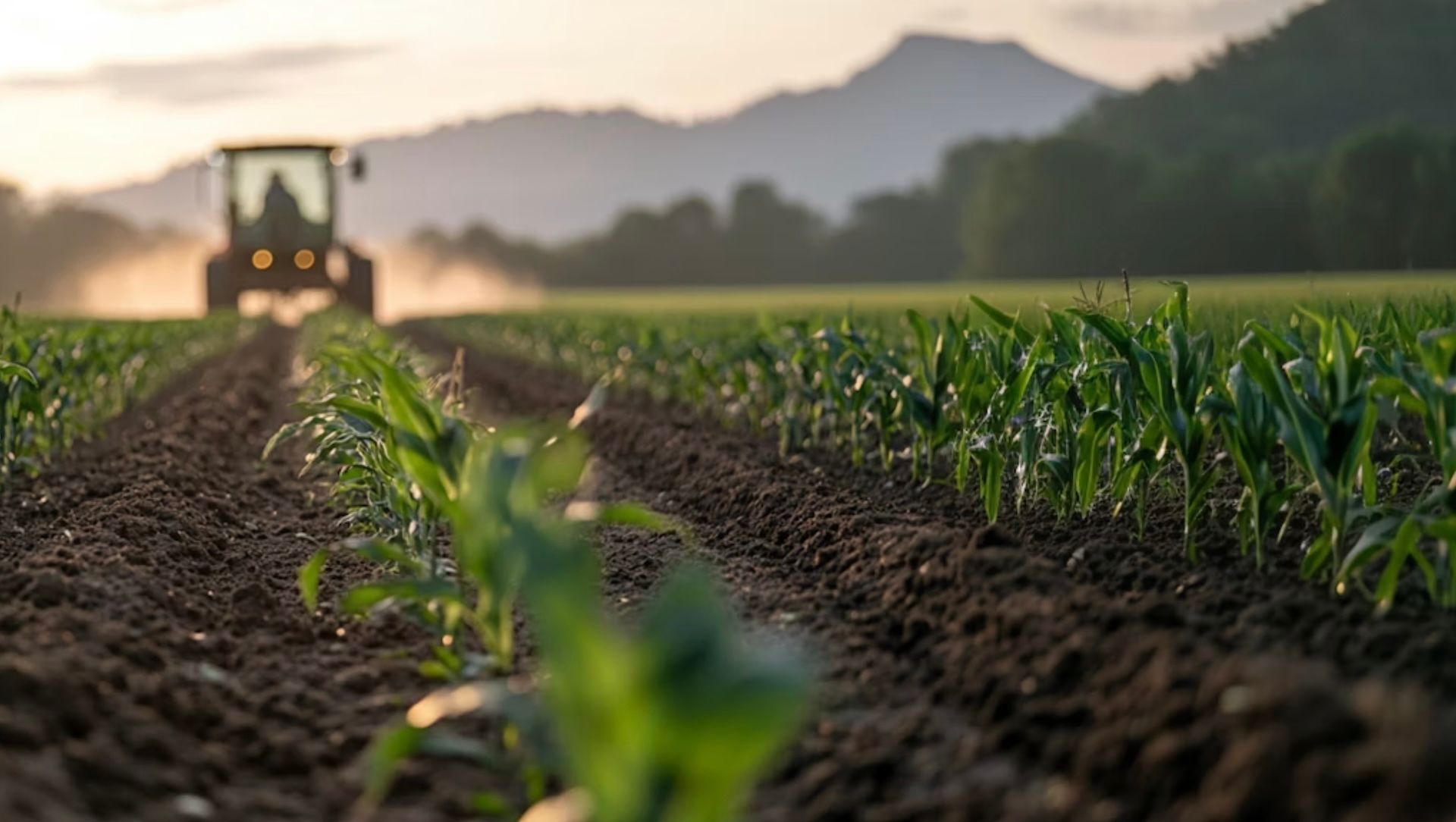Michigan State’s Bruno Basso on why agricultural emissions matter — and the data driving smarter solutions

As part of an ongoing Climate TRACE series, we are interviewing individual coalition members about their work. We recently talked with Bruno Basso, professor at Michigan State University’s Department of Earth and Environmental Sciences, where he supports Climate TRACE’s work on modeling agricultural emissions.
You study agricultural emissions. Why is that such a critical area to understand, and where do you focus within it?
Agriculture sits at the center of a global paradox. Few things are more essential than food, yet food production is both a victim of climate change — and a major contributor to it. Rising temperatures and extreme weather threaten yields. Droughts or heavy rains during key growth stages can decimate crops, and warming accelerates crop development, shortening the time for photosynthesis. That means less energy stored, and lower yields.
At the same time, agriculture generates a major share of global greenhouse gas emissions. It contributes around 10–12% of global emissions directly, mostly from fertilizer and livestock — and up to 20–24%when you include deforestation and other land use changes. (For 2024, for instance, Climate TRACE data show 8 billion tonnes of agricultural emissions — comprising 12.9% of the 61.7B total global emissions that year.)
So while plants naturally remove CO₂ from the atmosphere, human land management — like tillage, fertilizer use, and land conversion — can turn agriculture into an emitting sector. Tillage disturbs soil, speeding up CO₂ release from decomposing organic matter.
The most powerful emissions source, though, is nitrous oxide (N₂O), a byproduct of nitrogen fertilizer. Measured by global warming potential, it’s about 300 times more potent than carbon dioxide. To use an analogy, it's like having 300 blankets on top of you versus one.
And yet agriculture also holds enormous potential to be part of the solution. In addition to feeding people, it can support ecosystem services — clean water, clean air, and other elements of a healthy environment — all key to climate resilience and carbon storage. If we can better manage the way land is used and nutrients are applied, the sector could shift from major emitter to powerful climate ally.
That’s where our work with Climate TRACE comes in. My student Prateek Sharma, my lab members Aditya Manuraj and Rajvi Trivedi, and I developed a novel methodology that indirectly estimates fertilizer use for 132 crops globally.Nitrogen fertilizer is food for plants, but some of it is lost to the atmosphere as N₂O — which the methodology quantifies through modeling and remote sensing. We work closely with Sam Schiller from Carbon Yield to publish the emissions data on the Climate TRACE website.
How did you get involved in this research, and what's the foundation of your approach?
I've been in this research field since the ’90s, when remote sensing and simulation models became available. Plot-scale fertilizer studies have been around since the 1950s and 60s, but I realized they didn’t apply well across different soils and climates.
That’s when crop simulation modeling became necessary. I was fortunate to work with Joe Ritchie, a pioneer who built the first crop simulation model — originally funded for strategic reasons by the US government and Foreign Agricultural Service agency during the Cold War to predict wheat yields in Russia. Together, we developed the SALUS model: System Approach for Land Use Sustainability.
Today, SALUS is the core model we use for research — but it also powers commercial applications through CIBO Technologies. While we continue to use and expand SALUS in our research, which we share free of charge, the same model supports food and consumer package goods companies (Nestlé, Land O' Lakes, etc.) in estimating greenhouse gas emissions across their agricultural supply chains.
How are you currently modeling emissions, and what makes your approach different?
Estimating N₂O emissions from agriculture is challenging but extremely critical. Self-reported data often falls short, so we use our novel algorithm based on a hybrid approach combining satellite data and crop modeling to estimate fertilizer-driven emissions more accurately. The core idea is integrating independent data sets — fertilizer production and trade, crop type, and land use — to estimate how much nitrogen is actually available to plants, and how much is likely to be emitted as N₂O.
For example, the US produces a large amount of fertilizer but still imports more to meet demand. Using reliable international sources, we determine how much fertilizer is available in a country, from both domestic production and imports. Different crops have different nitrogen needs — corn, for example, requires much more nitrogen than many others.
To account for this, we track crop locations using existing databases and satellite imagery. Climate TRACE partners with remote sensing providers to monitor crop distribution from above, allowing us to identify what crops grow where and in what quantity.
This is where high-resolution monitoring plays a crucial role. Public satellite imagery offers 10-meter resolution, private sources can reach 3 meters, and some sensors achieve up to 20 centimeters. These satellites detect subtle shifts in how plants reflect light — lighter green often signals nitrogen deficiency, while orange hues can indicate heat or drought stress. This detailed information is vital for fine-tuning fertilizer allocations and improving emissions estimates.
We then allocate available fertilizer among crops using our expertise in crop-specific nitrogen requirements and uptake. For instance, even if Tanzania has a large corn-growing area, its limited nitrogen supply restricts crop response compared to regions with higher inputs — which is reflected in yield differences.
Where are you in the process and what's next on the horizon?
A major breakthrough came when we realized that traditional AI struggles in agriculture due to sparse data. So, we flipped the model: using SALUS, we simulate daily soil and crop conditions across large areas, generating rich datasets to train AI systems rather than relying on limited field data.
For example, running SALUS across the US at 10-meter resolution produces daily nitrate and water content data. While this simulation takes days, an AI trained on it can deliver results in minutes. We’re developing a ChatGPT-style tool for agriculture — allowing farmers to ask, “What if I apply more nitrogen?” and get meaningful, data-driven answers.
Our recent paper, now under review, shows emissions trends by country and crop type from 2005 to 2020. We calculated yield-scaled emissions intensity — how much food is produced per unit of N₂O — to measure agricultural efficiency. Some countries have reduced emissions while maintaining or increasing yield. Others emit more without better outcomes.
Instead of just reporting total emissions, we highlight where fertilizer use leads to meaningful yield increases — and where it doesn’t. We’ve learned which countries have virtuous cycles — more yield with lower emissions — and which have vicious cycles — rising emissions without increasing yields. Even reducing yield slightly can be a win if emissions drop significantly. Ideally, we maintain yield while lowering emissions, and we now have the data to show what’s working.
How do you envision these data supporting emissions reductions in agriculture?
The real game-changer is using data to support decision-making — both for farmers and policymakers.
For farmers, we can now run “what if” scenarios in real time. For example, a farmer planting today can ask: if I apply 100 or 200 kg of fertilizer, what are the risks and benefits? We provide a system understanding that allows farmers to make more informed decisions. Beyond observation, the real power of these data lies in prediction. By combining soil data, crop type, and real-time weather, we can offer farmers clear guidance tailored to local conditions.
For policymakers, these data open up new ways to design evidence-based standards and incentives. Rather than relying on outdated averages, they can set regionally specific benchmarks tied to actual efficiency gains. Countries can measure progress by tracking emissions intensity — not just absolute reductions — and reward farmers who produce more with fewer emissions. That’s a far more equitable and effective path toward climate goals.
Of course, the challenge isn’t just technical. Long-term change also depends on shifting policies and incentives. Today’s systems often reward short-term choices with long-term consequences. Our work helps bridge that gap by providing clear evidence of trade-offs and long-term benefits.
With better data and better decisions, we can grow a more sustainable future for agriculture.
Interviewed by Daisy Simmons.


